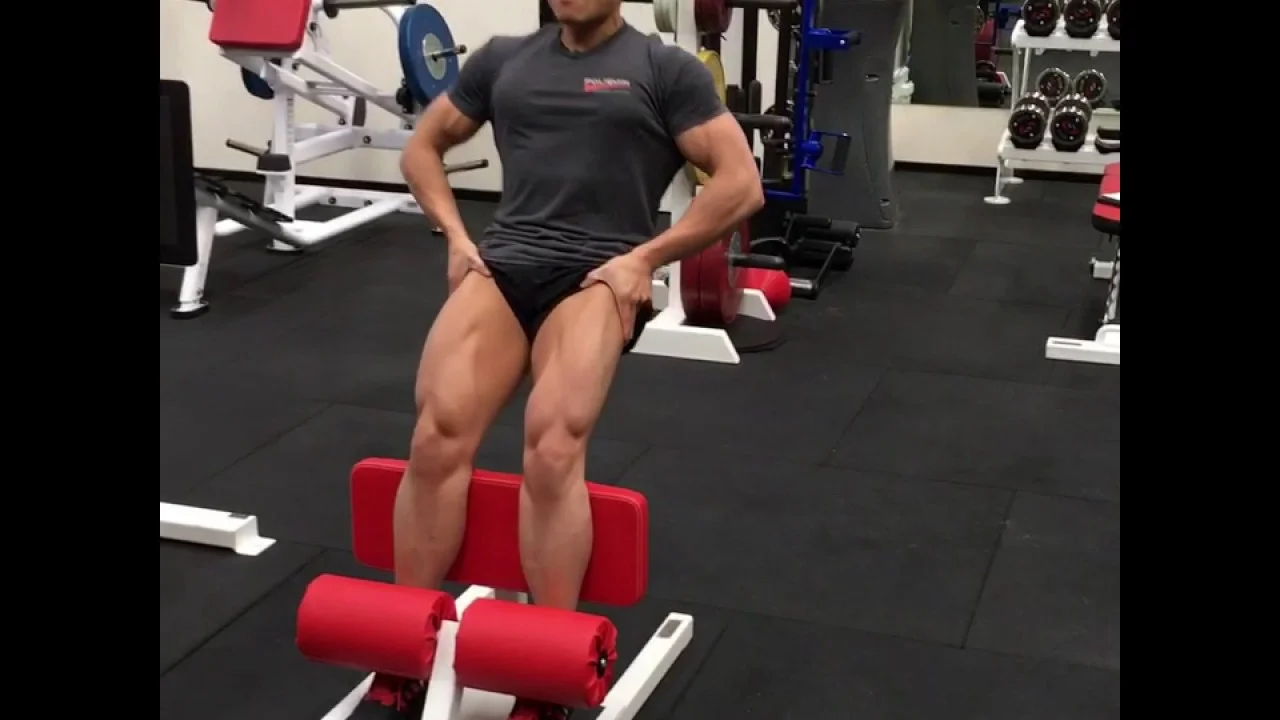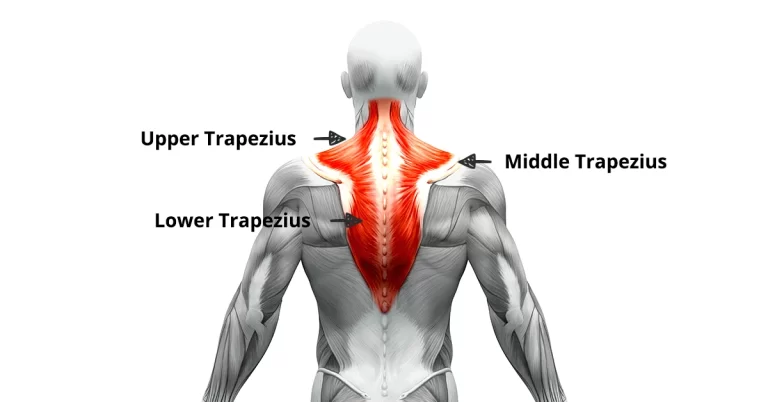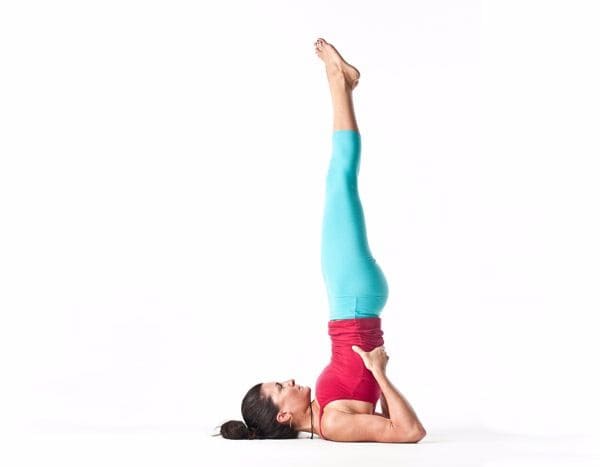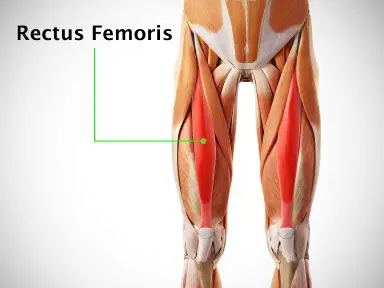Vastus lateralis muscle exercise
Table of Contents
Introduction
- Vastus lateralis muscle exercise includes different types of exercises such as stretching exercises and strengthening exercises. strengthening exercise helps to improve Joint flexibility, Increased muscle mass, Stronger bones, Weight control, and Balance. stretching exercise Improves your performance in physical activities, Decreases your risk of injuries, Helps your joints move through their full range of motion, and Increases muscle blood flow. Enable your muscles to work most effectively, Improve your ability to do daily activities.
- The vastus lateralis muscle is a long, powerful muscle on the front of the thigh which extends from the pelvis to the Patella. The Vastus lateralis muscle is one of four muscles that make up the quadriceps, which are responsible for straightening the knee. The vastus lateralis muscle is the most superficial of the quadriceps muscles, located on the outside of the thigh. The other quadriceps muscles are the vastus medialis, vastus intermedius, and rectus femoris muscles.
- The vastus lateralis muscle is predominantly found in the middle of the femur, and it makes up a large portion of the muscle in the quadriceps group of the muscles. The Vastus Lateralis muscle is the most powerful extensor of the knee. The Vastus Lateralis muscle also plays a role in hip extension, which is necessary for activities such as jumping and running. It a fan-shaped and has a broad origin, including portions of the upper 1/3rd of the iliac crest; the lower half of the iliac fossa.
- Vastus lateralis muscle exercise includes two types of exercise
- Vastus lateralis muscle Stretching exercise
- Vastus lateralis muscle Strengthening exercise
Strengthening Exercises
Benefits of strengthening exercise
- Joint flexibility: Strength training helps joints stay flexible and may reduce the symptoms of arthritis.
- Increased muscle mass: Muscle mass naturally reduces with age, but strength training can help reverse the trend.
- Stronger bones: Strength training increases bone density and can reduce the risk of fractures.
- Weight control: As you gain muscle, your body starts to burn calories easily, making it easier to control your weight.
- Balance: Strengthening exercises can increase flexibility and balance, which can reduce injuries and falls.
Straight Leg Raise Exercise
- The straight leg raising exercise is a simple way to get your Rectus Femoris muscles to work properly.
- Supine lying on a flat surface.
- Bend the knee of your unaffected leg to a 90-degree angle and keep your foot flat on the ground.
- Keep your other leg straight without the knee bending and point your toes toward the ceiling.
- Slowly lift the involved leg off the ground by contracting the front thigh muscles.
- Hold for five seconds.
- Slowly lower your leg to the ground. Relax, then repeat 10 to 15 times.
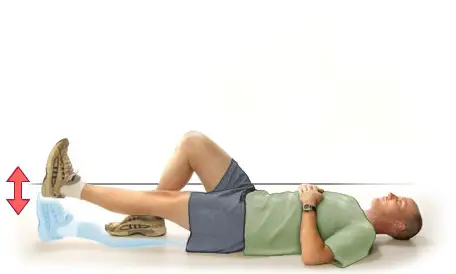
Dumbbell lunge
- Hold a dumbbell in both hands. Allow the arms to hang at the sides with the palms facing each other and the feet parallel. Step forward with one leg while keeping your back straight. Bend the knee of the front leg to make a 90-degree angle. Once the front knee is bent, the back leg should be two to three inches from the ground. Return to the initial position by forcefully pushing up with the front leg. Switch legs and repeat the same movement. Continue the exercise by alternating legs until 10 to 15 repetitions have been completed. Longer strides forward place a greater emphasis on the semitendinosus muscle and the remaining hamstrings in the muscle group.
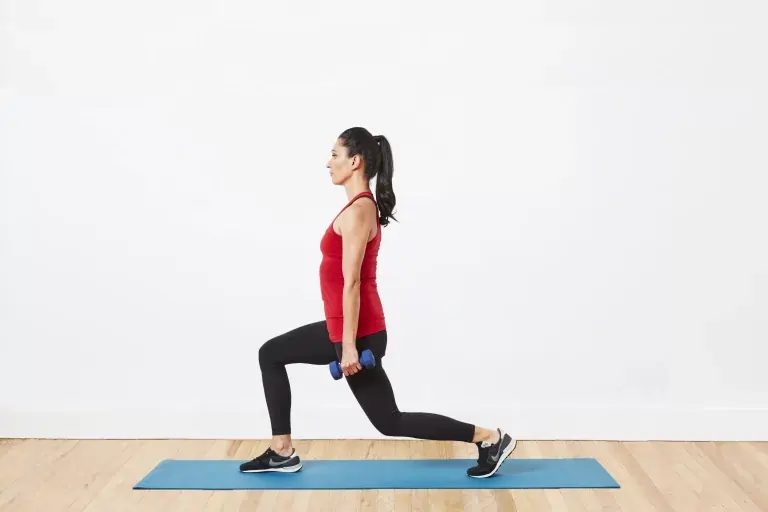
Wall Slide Squats
- Stand straight with your back against a wall and the feet shoulder-width apart.
- Slowly bend your knees, sliding your back down the wall for a count of 5 until your knees are bent at the 45-degree angle. (Do not bend too much further than this, as it will increase strain on your knees.) Hold this position for five seconds.
- Straighten your knees by slowly sliding up the wall until you are fully upright with your knees straight.
- Repeat the above steps 10 more times.
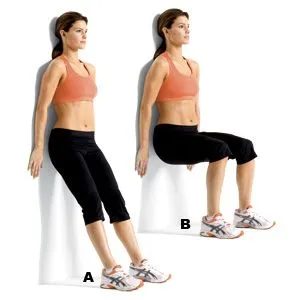
Knee Extension Exercise With Elastic Bands
- For this exercise, you have to Sit in a chair and wrap a resistance band(Thera band) around the leg of the chair and one end around the ankle on the same side.
- Extend your knee until it is almost fully straight.
- Hold and then return to the starting position.
- You can also do this exercise on a knee extension machine at the gym.
- Complete 2 to 3 sets of 10 to 15 repetitions.
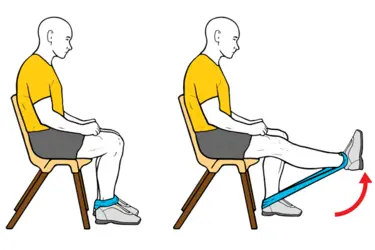
One-Legged Squat
- For this exercise, you have to Extend both arms in front of your body for balance.
- You can also hold onto the chair for balance. Balance your body weight on one leg, with the opposite leg extended straight in front.
- Squatting down and hinge your hips back, while keeping the other leg off the floor. Stand up.
- Complete 1 to 2 sets of 5 to 10 repetitions on each leg.
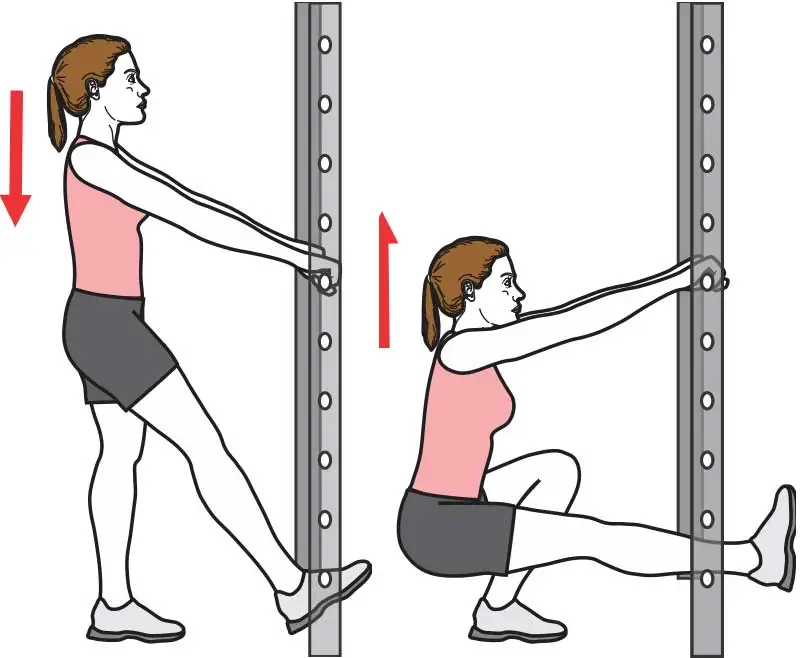
Alternating Split-Squat Jumps
- For this exercise, you have to come into a deep lunge position, with your left foot back and right foot forward into a lunge.
- Explode or jump up and switch as you lunge to the other side then Repeat.
- Do two sets of 15 repetitions.
- Rest for 20 to 30 secs. in between two sets.
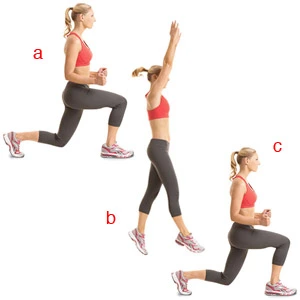
Lunge
- The lunge is a classic bodyweight exercise that can build foundational strength in the rectus femoris muscle.
- Do this exercise by standing in an erect position and your shoulder-feet width apart.
- Now step forward, landing on your heel of the front foot. flexed the front knee so your back leg nearly touches the ground.
- Push off with the front foot to return to the starting position and repeat this on the other foot.
- You can increase the difficulty of this exercise by holding a pair of dumbbells.
- Complete 3 to 4 sets of 15 to 20 repetitions on both legs.
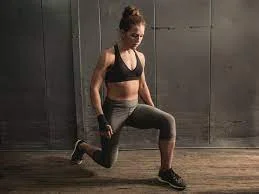
Forward Deceleration Steps
- For this exercise, you have to Place a resistance band or towel around your waist and have a partner hold on to it while standing behind you.
- Now start walking forward as your partner applies resistance with the resistance band, making it difficult for you to move forward.
- Progress to running forward with resistance.
- Run or walk up to 25 yards. Repeat 5 times.
Stretching Exercises
Benefits of stretching exercise
- Increase muscle blood flow.
- Improve your performance in physical activities.
- Help your joints to move through the full range of motion.
- Decrease your risk of injuries.
- Enable your muscles to work most effectively.
- Improve your ability to do daily activities.
Kneeling quadriceps stretch
- Kneel down on your right knee at 90 degrees while putting your right foot behind you
- Grab your foot behind you then push the foot gently away from the center of your body
- Drive your hip forward by keeping your back straight and leaning forward
- Hold for 30 seconds
- Do this 3 to 5 times on each leg
- Repeat with the other leg
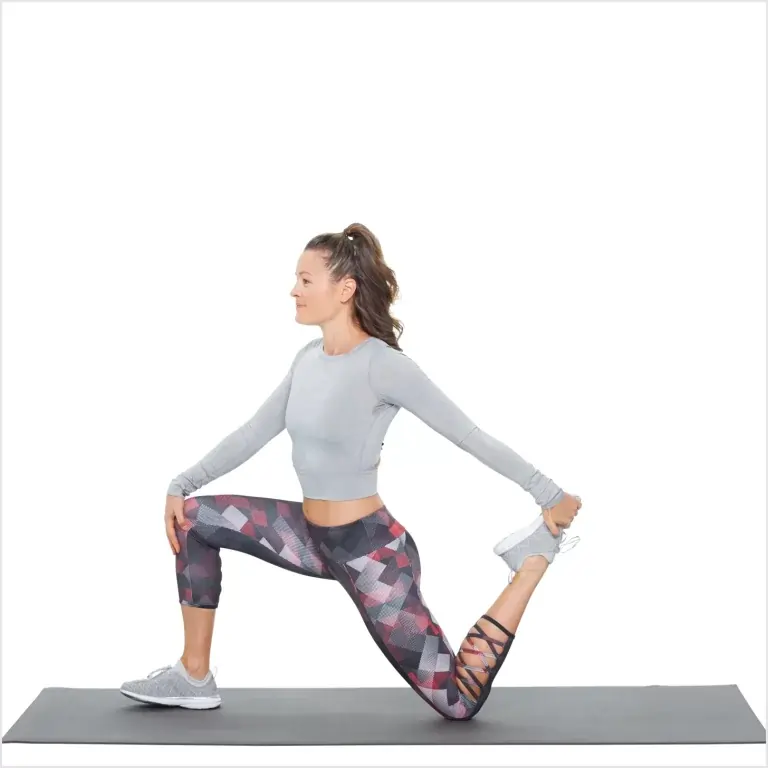
Side Lying Quad Stretch
- Take a side-lying position on a floor.
- Put one hand under your head for support.
- Now use your outer hand to bend your upper knee.
- Then, pull that bent knee towards your head until you feel stretched.
- Hold there for 30 seconds and repeat on another side.

Standing Quadriceps Stretching exercise
- Take a standing position on your one leg. If you can’t balance on one leg, use a wall or any static object for support.
- Now hold the bent leg with your corresponding hand and pull it upwards towards your torso.
- Keep your chest straight, don’t move during the stretching.
- Hold for 20 to 30 seconds. repeat on the other side of the leg and do it on each side 3 times
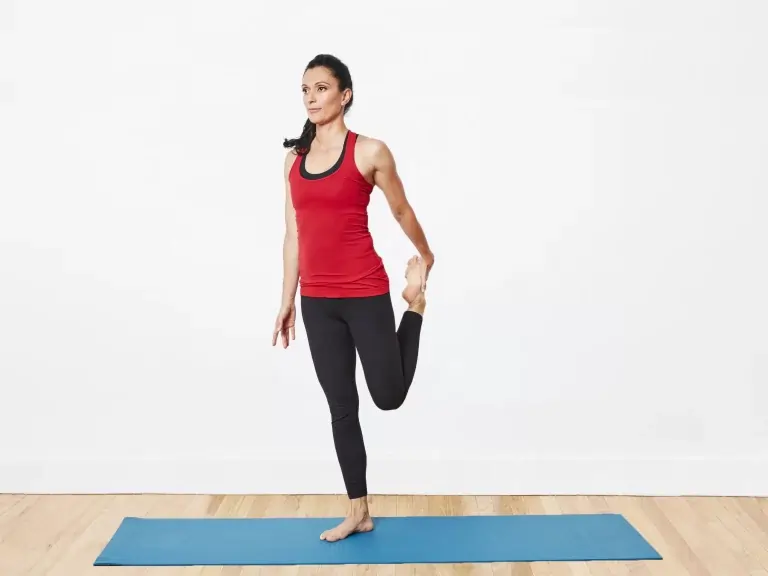
Hero pose stretch
- Kneel on the floor with your knees together and your feet separated behind you, toes facing in
- Sit back in the area between the feet, and lean back slightly. Use your arms to brace you
- Hold for 20 to 30 seconds
- Slowly return to the starting position
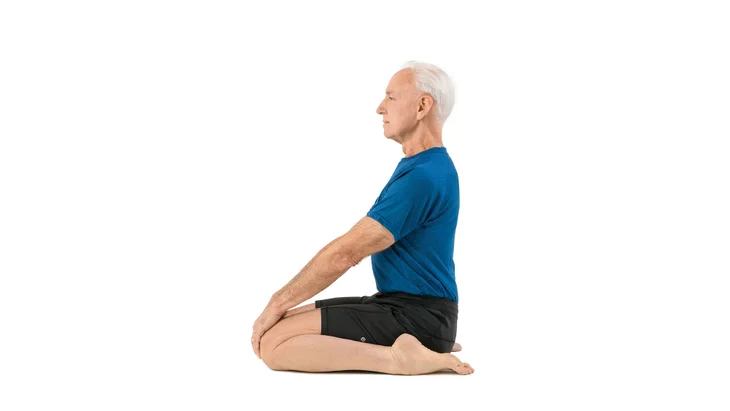
Crescent pose
- Take a lunge position on the floor.
- Put your one knee forward around 90 degrees bend, one leg behind straight.
- Now raise both hands overhead and clasp them together.
- Now push your hip forward and downward, and keep your back straight.
- Now slowly lean back to feel the stretch into your quads.
- You can feel the stretch on your backward leg.
- Holding time is around 20 – 30 seconds and repeat 2-3 times on both sides.
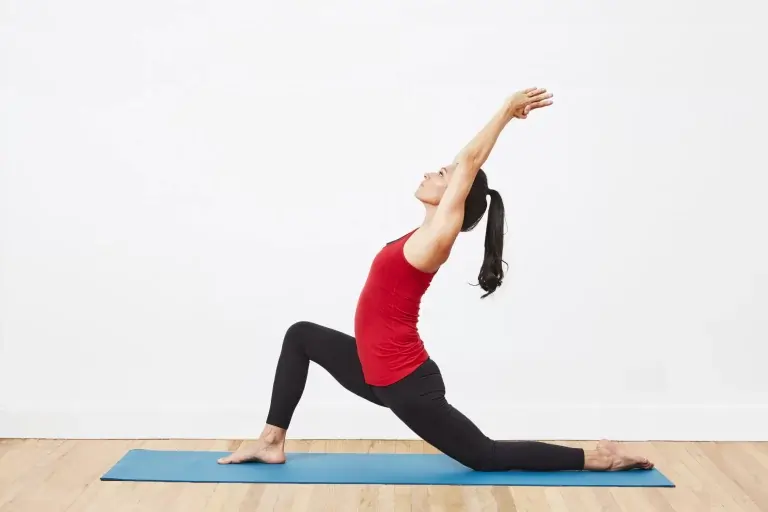
Bow pose
- Lying down on your stomach with your legs straight out.
- Slowly bend your both side knees and raise your both hands upwards.
- Now, take your hands back, and try to hold both ankles of the legs.
- Now, using your both hands pull the ankles towards your hips.
- If you feel stretched on your both quads, hold it for 5 to 10 seconds.
- Slowly release the pose then repeat.
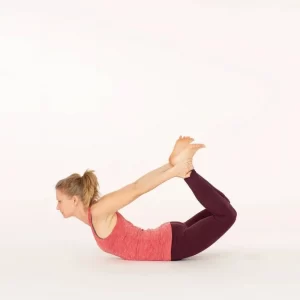
Dancer’s pose
- Stand tall and feet wide apart.
- Now raise your both hands forward at shoulder level.
- Raise your one leg behind you and grasp that ankle with your corresponding hand.
- Now lift that leg upward behind you.
- Hold the stretching pose for at least 10-15 seconds.
- Perform 2 – 3 times.
![King Dancer Pose [Natarajasana]](https://mobilephysiotherapyclinic.net/wp-content/uploads/2023/12/King-Dancer-PoseNatarajasana.webp)
Vastus lateralis muscle exercise at Home
Following list of exercises for the Vastus lateralis muscle, we can do at home
- Straight Leg Raise Exercise
- Wall Slide Squats
- One-Legged Squat
- Alternating Split-Squat Jumps
- Lunge
- Side Lying Quad Stretch
- Standing Quadriceps Stretching exercise
- Hero pose stretch
- Crescent pose
- Bow pose
- Dancer’s pose
Bodybuilding of the Vastus lateralis muscle
Dumbbell lunge
- Hold a dumbbell in both hands. Allow the arms to hang at the sides with the palms facing each other and the feet parallel. Step forward with one leg while keeping your back straight. Bend the knee of the front leg to make a 90-degree angle. Once the front knee is bent, the back leg should be two to three inches from the ground. Return to the initial position by forcefully pushing up with the front leg. Switch legs and repeat the same movement. Continue the exercise by alternating legs until 10 to 15 repetitions have been completed. Longer strides forward place a greater emphasis on the semitendinosus muscle and the remaining hamstrings in the muscle group.

Narrow stance leg press
With your feet closer together, the narrow leg stance places more emphasis on the quadriceps muscles, while continuing to work your hamstrings, glutes, and calves. If you’re looking to build lower body strength in the gym, the narrow stance leg press may be a useful alternative to barbell narrow stance squats.
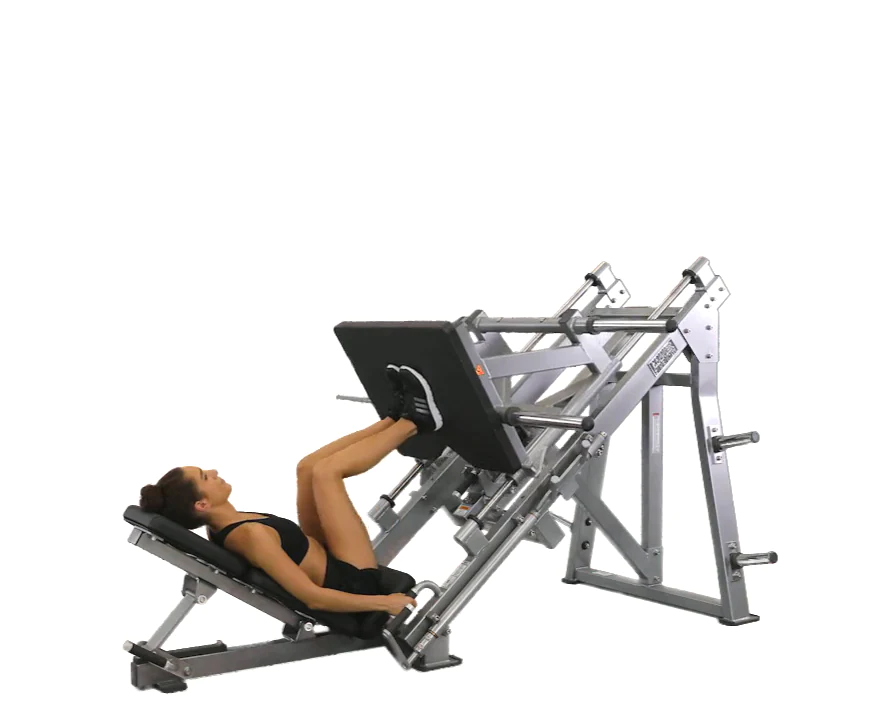
Power leg extension
The knee extension, or leg extension, is a type of strength training exercise. It’s an excellent move for strengthening your Rectus femoris muscle, which is in the front of your upper legs.

Machine hack squats
On the hack squat machine Get into position with your feet hip-width apart
Release safety handles and slowly lower by bending at the knees until they are bent at 90 degrees
Push through your heels until you reach the initial position
Repeat for the desired repetition
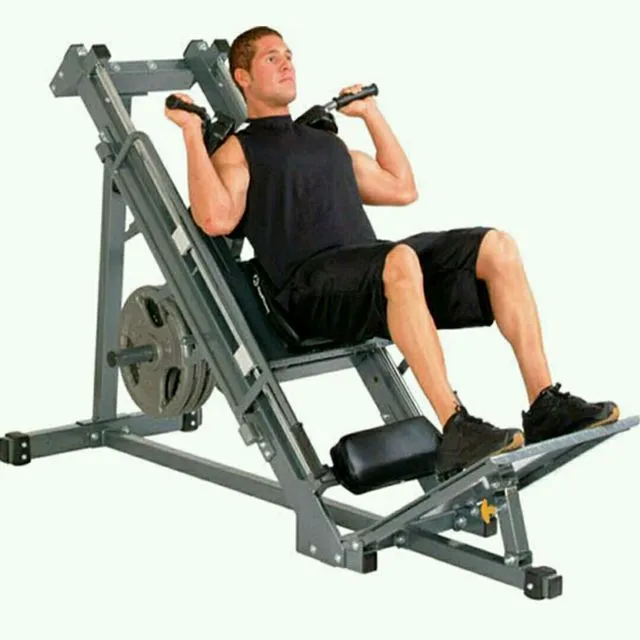
Sissy hack squats
Sissy squats strengthen the rectus femoris and also work the hip flexors, and core strength, and can improve balance. With a sissy squat machine, you can able to lean back securely without fear of falling over or disrupting your posture.
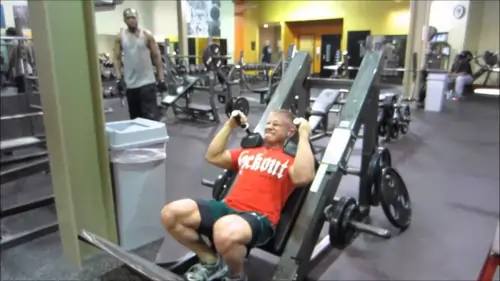
What are the common mistakes you can avoid during a Vastus lateralis muscle stretching?
There are certain mistakes that you can not make during stretching exercises:
- Bouncing: Do not bounce while doing the stretching. If you find yourself performing, you need to stabilize yourself by
- holding to stable objects.
- Locking the Knee: DO NOT lock your knee while standing during the stretch. maintain it soft.
- Knee moving Outward: Do not allow the bending knee to drift outward. Maintain your knees next to each other.
- Stretching prior to Warm-up: To avoid muscle tears, you can stretch only after you are done with a warm-up.
- Stretching to Pain: Stretch until you can feel mild discomfort—do not stretch to the point of pain. Take safety not to strain the knee. The aim is not to touch the heel to the glutes but rather to feel the gradual stretch in the thigh.
- Arching Your Back: Do not arch your lower back as you bend the knee, maintain your abdominals engaged to keep the
- back neutral as you drag into this stretching.
Vastus lateralis muscle Stretching Safety Guidelines
There are certain guidelines you need to follow during stretching exercises:
- Stretching is no exception. Stretching can be dangerous and cause injury if you do it wrongly.
- Breathe. Never hold the breathing. Holding the breathing causes tension and stress in the muscle, and can increase your blood pressure. The deeper you breathe, the more relaxed the muscles will be, and the deeper and longer you can stretch.
- Stretching tight muscles is uncomfortable for you, but you should never feel any stabbing or sharp pain.
- Be consistent- Do stretching daily for a few minutes or seconds a couple of times a day that gradually builds flexibility and increases range of motion over the long term. This is a good way to stretch, rather than doing it longer times only once a week.
- Wear loose comfortable clothing, as it is tough to stretch if the clothes are tight and restrict motion.
FAQ
The Vastus lateralis is engaged in movements that involve extending the knees. Lunges are an excellent exercise for the Vastus lateralis muscles. Stand shoulder-width apart and bring one leg forward, bending at the knee joint. Your other leg will dip down so your shin is lined up with the floor. Push through your heel to come back to a starting position. You can increase the difficulty of this exercise by grasping a pair of dumbbells. Complete 3 to 4 sets of 15 to 20 repetitions on each leg.
To be more precise about it, you have four quadricep muscles, and squats primarily work three of them: your vastus lateralis, your vastus medialis, and your vastus intermedius muscle.
Strengthening of the vastus lateralis is done by different types of exercises like Straight Leg Raise exercises, Wall Slide Squats, One-Legged squats, Alternating Split-Squat Jumps, and lunges.
Different type of exercise works on the vastus lateralis like Straight Leg Raise exercises, Wall Slide Squats, One-Legged squats, Alternating Split-Squat Jumps, Lunge, Side Lying Quad Stretch, Standing Quadriceps Stretching exercises, Hero poses stretch, Crescent pose, Bow pose, Dancer’s pose.

